According to research by Batdongsan.com.vn (Vietnam's leading real estate service information channel - BDS), this shift is creating a balance for the city, reshaping the central real estate picture in the next decade.
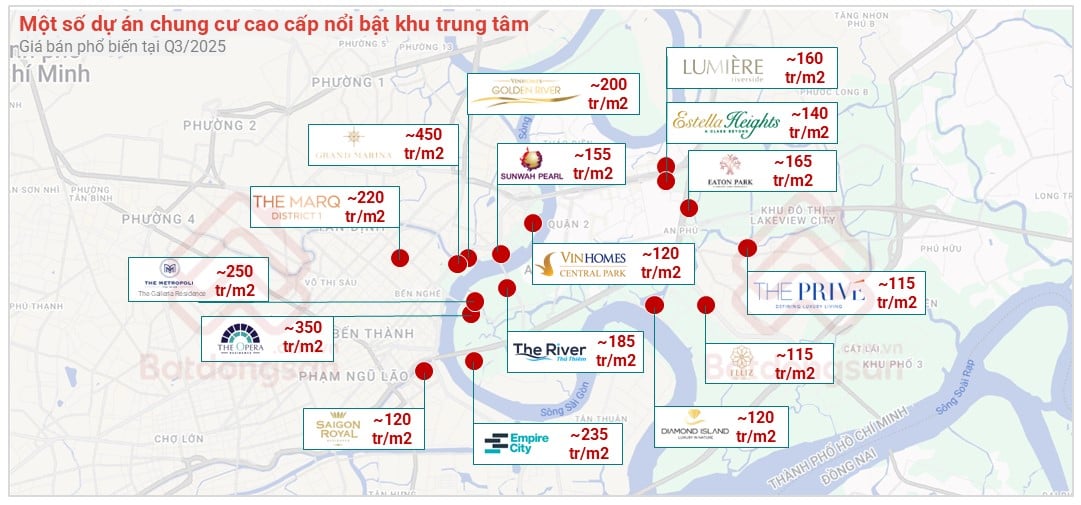
According to the Organization for Economic Cooperation and Development (OECD), the city center (CBD) is the core area that concentrates commercial, financial, and service activities, has the highest density of jobs and labor in the urban area, and has a dense public transport infrastructure.
At the Ho Chi Minh City Real Estate Forum with the theme "Central Core", experts commented that with the role of the Eastern gateway, large land fund and systematic planning, Thu Thiem is converging many factors approaching the modern CBD model. According to the definition of the compressed urban model, the expanded center not only includes traditional central areas such as District 1 (old) and District 3 (old), but also extends to the entire District 2 (old) including Thu Thiem and Nam Rach Chiec. This is the area that concentrates commercial, financial, service functions, synchronous infrastructure connections, creating a balance for the multi-center network of the new Ho Chi Minh City.
In particular, the Thu Thiem IFC, expected to operate from 2025, is considered an important driving force to form the city's new financial center. Lessons from Yeouido (Seoul) show that the birth of an IFC can create a strong spillover effect: the financial district attracts businesses, leading to demand for high-quality accommodation, commercial services, retail and urban infrastructure. In Seoul, Yeouido has become an independent growth pole, operating in parallel with the traditional CBD.
Thu Thiem is on a similar path as many strategic infrastructure projects are being promoted. Metro Line 1 (Ben Thanh - Suoi Tien), bridge projects connecting District 1 (old) - Thu Thiem and District 4 (old) - Thu Thiem are being accelerated, along with the Thu Thiem - Long Thanh railway plan to create an inter-regional transport network. This is the foundation to attract residents, experts and businesses to move to the East, creating a "double center" position between District 1 (old) and Thu Thiem in the future.
While the city gradually forms a multi-center urban area, the central real estate market maintains strong attraction, especially for apartments. Data from Batdongsan.com.vn shows that in the first 10 months of 2025, although accounting for only 28% of the supply, central apartments attracted up to 45% of the interest, much higher than other types.
Notably, the luxury apartment segment (from VND80 million/m2) in the city center is experiencing strong growth in both supply and interest. In the third quarter of 2025, interest in luxury apartments increased by 168% compared to the same period last year, a remarkable increase in the context of a cautious general market.
The real estate market in Ho Chi Minh City has also recorded many luxury apartment projects setting new price levels. In District 1 (old), some secondary projects reached about 413 million VND/m2, District 2 (old) about 314 million VND/m2, while the remaining projects are commonly at the threshold of 101-182 million VND/m2. Apartment prices are increasing due to real housing demand and the prices of real housing segments such as private houses are also at a level beyond affordability.
In the growth picture of the real estate market in the city center, the Nam Rach Chiec urban area (old An Phu ward) is attracting the attention of investors and residents. According to Batdongsan.com.vn data, the level of interest in An Phu ward real estate in the third quarter of 2025 increased by nearly 10% compared to the previous quarter.
With the advantage of being adjacent to Thu Thiem, directly connecting Mai Chi Tho and Song Hanh axes - Ho Chi Minh City - Long Thanh - Dau Giay expressway, this area gathers many luxury projects, such as The Privé (Dat Xanh Group), contributing to shaping new living standards.
Data from Batdongsan.com.vn also shows that in the period 2015-2025, real estate prices in the city center increased sharply in all segments, but the increase was uneven. Land plots led the way with an increase of 384% (25 to 121 million VND/m2), followed by apartments increasing by 197% (31 to 92 million VND/m2), private houses increasing by 168% (56 to 150 million VND/m2) and street-front houses increasing by 134% (92 to 215 million VND/m2).
The rapid increase in land and house prices is putting financial pressure on central buyers, promoting a shift to high-rise apartments, where investment levels are more reasonable, but still fully meet living standards, amenities, security and convenient connections.
According to Mr. Nguyen Quoc Anh, Deputy General Director of Batdongsan.com.vn: “In the long term, Thu Thiem is not only an expanded space of the center, but also has the potential to become a counterweight center in terms of economy and finance in the next 5-10 years, when infrastructure and financial projects are completed. The formation of a multi-center network will change the way the city operates, leading to a continued increase in demand for high-quality housing.”
“Central real estate, including the old area and Thu Thiem, still holds a special position thanks to stable demand and is directly affected by infrastructure connectivity. These are factors that help this segment maintain good resistance in the medium to long term, even when the general market goes through adjustment cycles,” said Mr. Quoc Anh.
Add: 31st floor, Keangnam Hanoi Landmark Tower, Pham Hung, Hanoi
Source: https://baotintuc.vn/kinh-te/tp-ho-chi-minh-dang-hinh-thanh-mo-hinh-da-trung-tam-20251119161012754.htm


![[Photo] National Assembly Chairman Tran Thanh Man holds talks with South Korean National Assembly Chairman Woo Won Shik](/_next/image?url=https%3A%2F%2Fvphoto.vietnam.vn%2Fthumb%2F1200x675%2Fvietnam%2Fresource%2FIMAGE%2F2025%2F11%2F20%2F1763629724919_hq-5175-jpg.webp&w=3840&q=75)



![[Photo] President Luong Cuong receives President of the Senate of the Czech Republic Milos Vystrcil](/_next/image?url=https%3A%2F%2Fvphoto.vietnam.vn%2Fthumb%2F1200x675%2Fvietnam%2Fresource%2FIMAGE%2F2025%2F11%2F20%2F1763629737266_ndo_br_1-jpg.webp&w=3840&q=75)



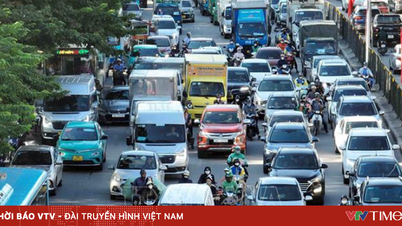

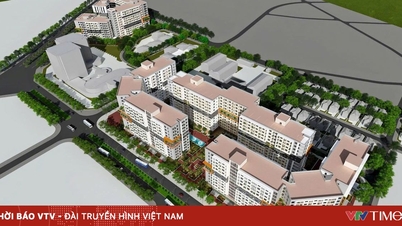
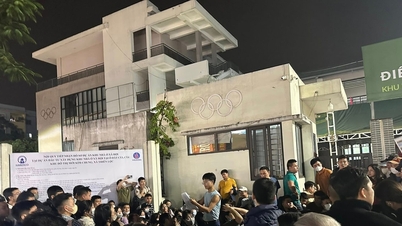

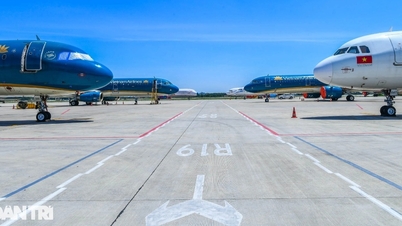

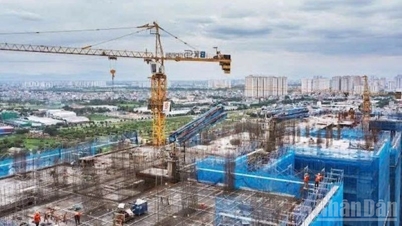

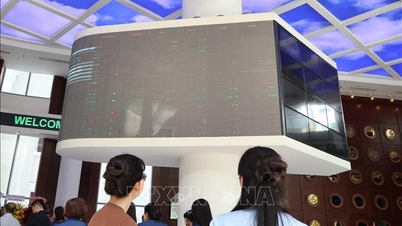
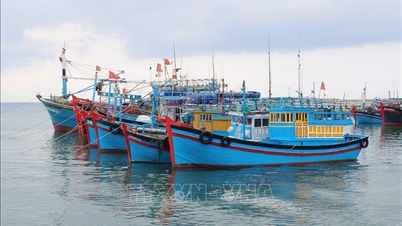
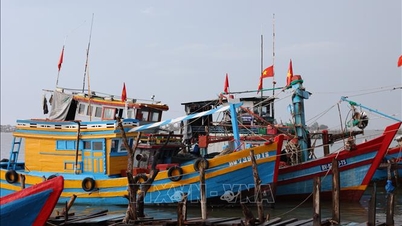


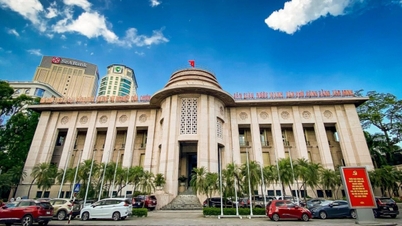





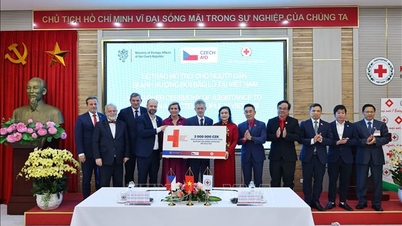
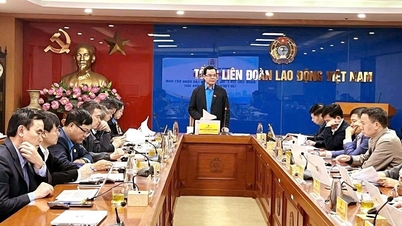


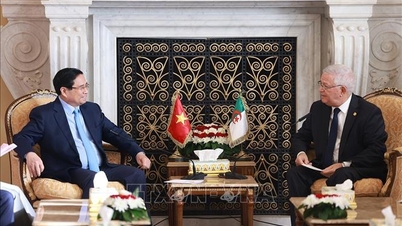
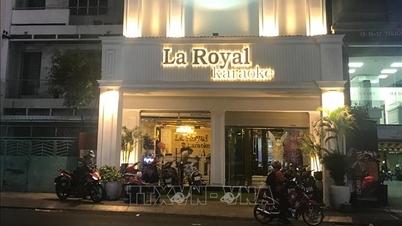
![[Photo] Lam Dong: Panoramic view of Lien Khuong waterfall rolling like never before](/_next/image?url=https%3A%2F%2Fvphoto.vietnam.vn%2Fthumb%2F1200x675%2Fvietnam%2Fresource%2FIMAGE%2F2025%2F11%2F20%2F1763633331783_lk7-jpg.webp&w=3840&q=75)

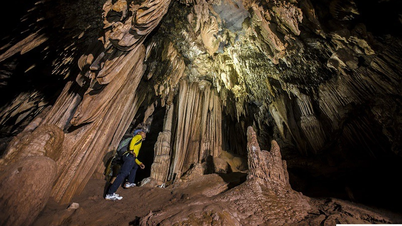

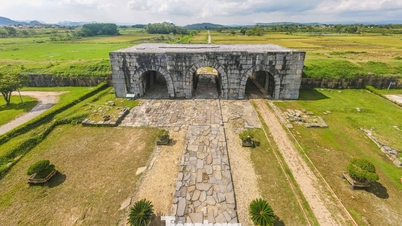

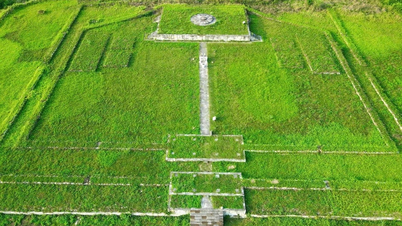


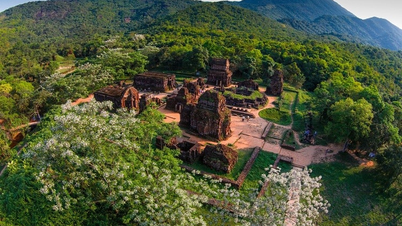










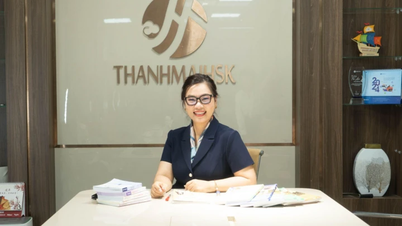





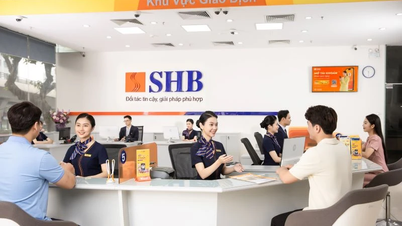










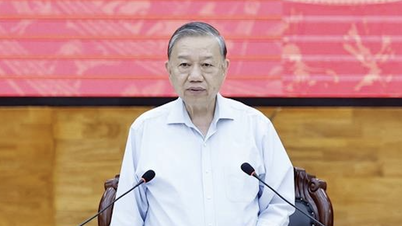

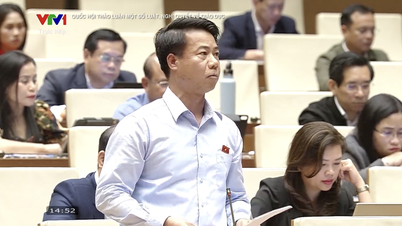






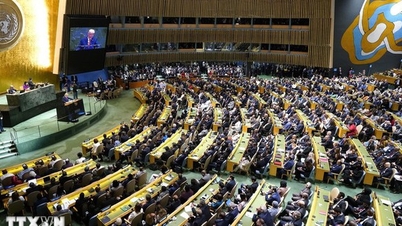








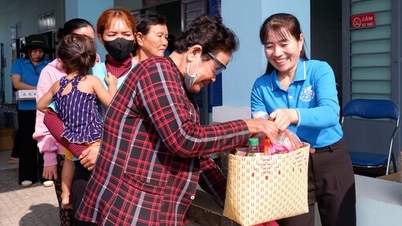

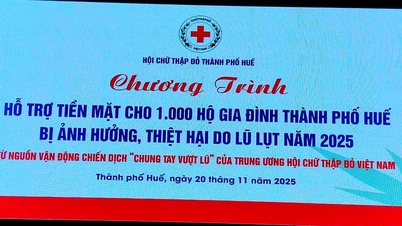

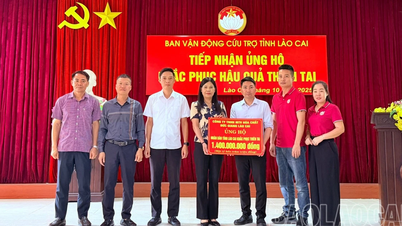

















Comment (0)